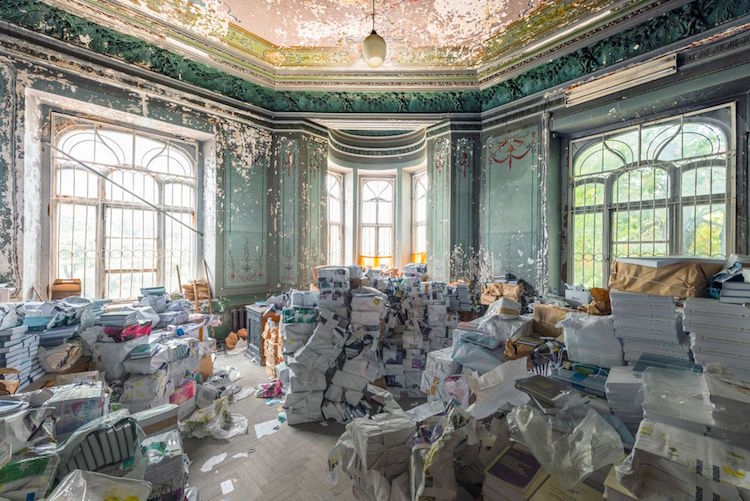
Stockroom in an administrative building.
Architectural photographer Aurélien Villette has spent the last nine years traveling to different countries in order to document how architecture manifests cultural change. After voyaging to the region of Abkhazia, he brings back two series of work that display this often forgotten conflict area.
Abkhazia is a partially recognized state on the Black Sea coast. The United Nations and Georgia consider it part of Georgia, while Russia and a few other countries recognize it as independent. This makes Abkahzia, which was an unrecognized state for most of its existence, one of several post-Soviet frozen conflict zones.
Working within this context, Villette’s two series—both devoid of humans—speaks to an area in limbo. Left falling into decadent decay, his work shows the evolution in a state without resolution.

Old rotunda in a restaurant on the top of Sokhumi mountain. Sokhumi is a city on the coast of the Black Sea. It is the capital of the partially recognized Republic of Abkhazia
His first series Topophilia—Abkhazia, captures Stalin era monuments built prior to 1955. “This abandoned monumental architecture becomes almost unreal or imaginary, like something out of a storybook, as it enters a state of decay,” Villette shares. “The peculiar, detached atmosphere that surrounds these structures reinforces the feeling of ‘belonging to nowhere’ that pervades this whole territory as they wait for international recognition beyond Russia.”
Instead, Heteroclite Voyage—Abkhazia is part of larger project started four years ago that includes images from a variety of countries. Here, man-made structures lay in abandon, leaving themselves to a natural upheaval that mimics Abkhazia’s political status. “The quick movement from one piece of the region’s history to another illustrates the jarring series of upheavals that Abkhazia has experienced in the last 100 years,” the photographer explains. “These structures speak; they tell a story based on approximations, propaganda, souvenirs, and stories that are passed from person to person.”
The first part of Villette’s series captures the Stalin era monuments of Abkhazia, a post-Soviet frozen conflict zone on the Black Sea coast.
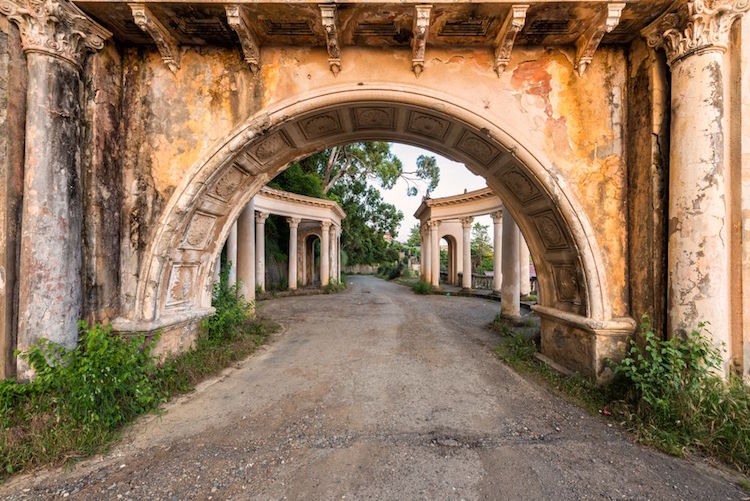
Gate City, Sokhumi.
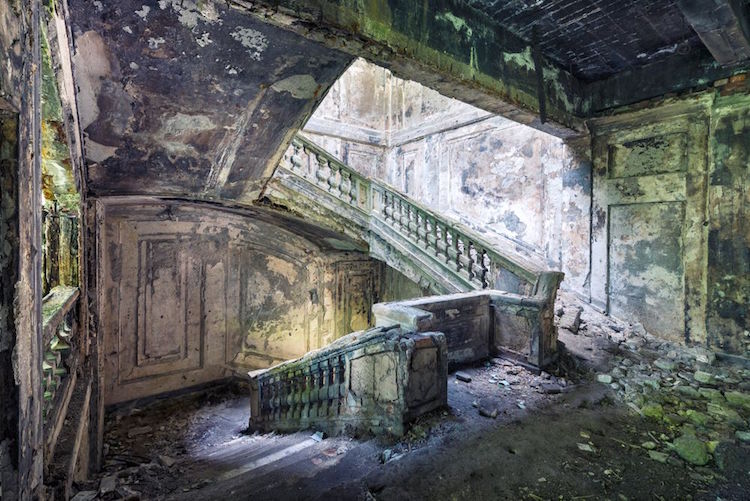
Georgian parliament, Sokhumi.
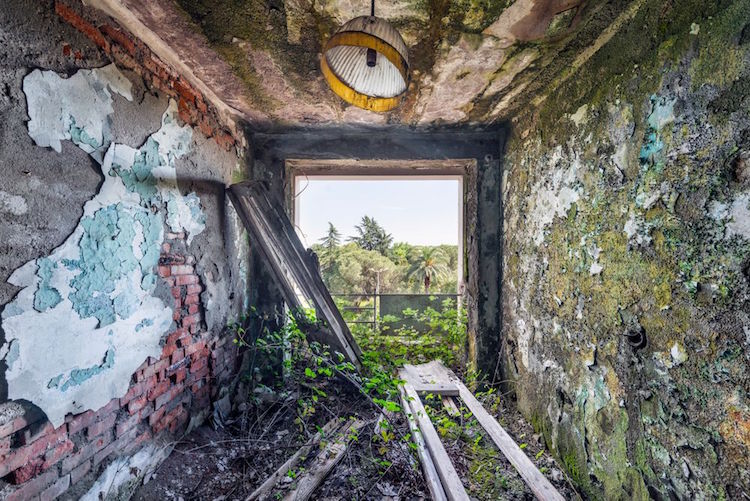
Another of the several flats along the Black Sea.
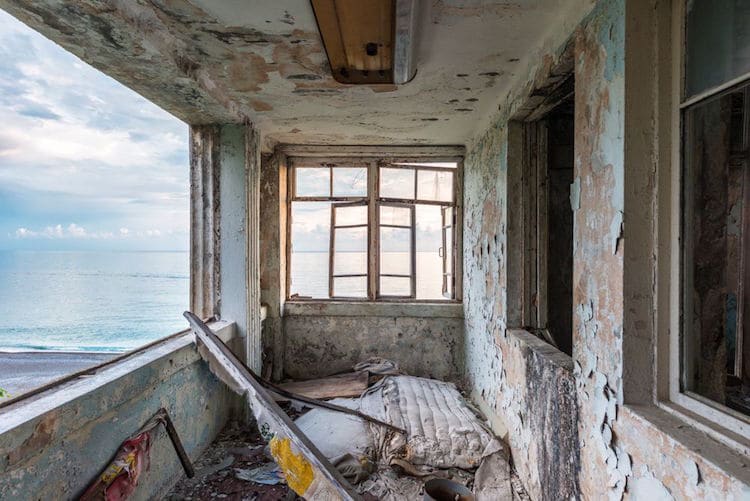
View of the Black Sea.
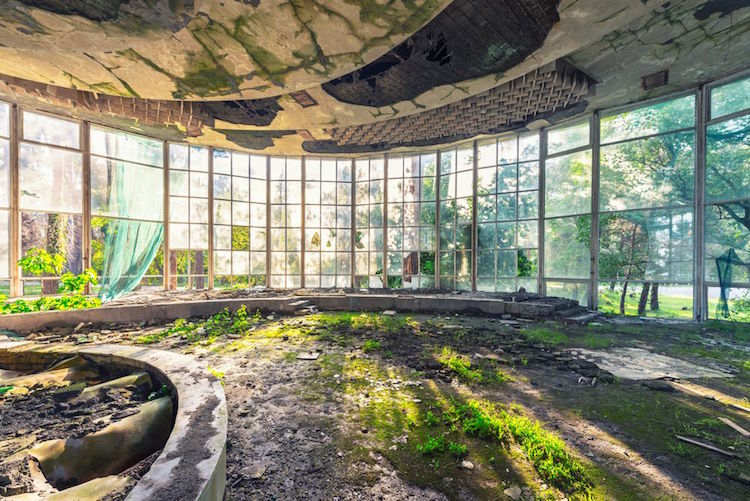
Coffee shop, Pitsunda, Abkhazia.
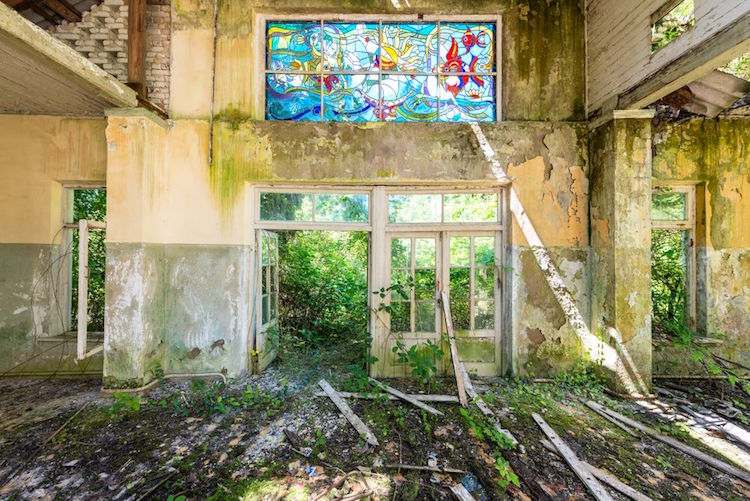
Refectory Pioneer‘s camp.
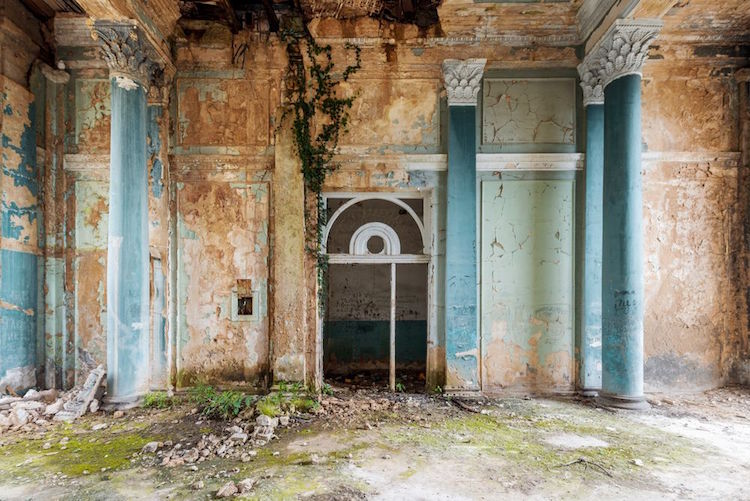
Railway Station hall, Sokhumi.

Theater, Gagra.

Sanatorium, Sokhumi.
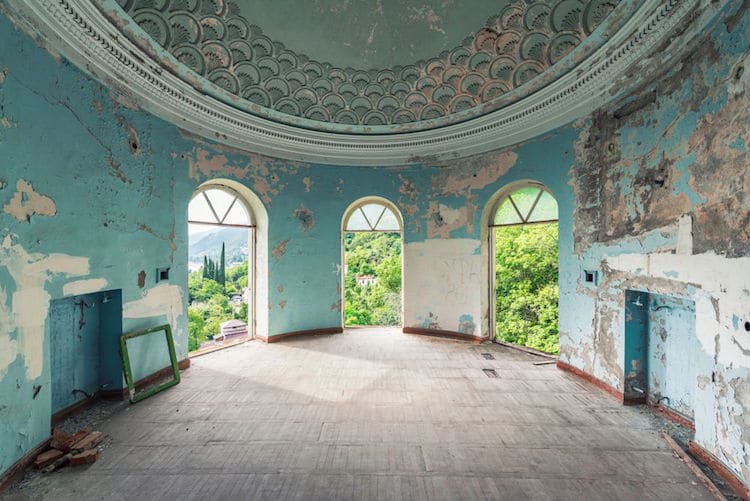
Hotel, Gagra.
The architectural photographer’s second series shows man-made structures in abandon, mirroring the upheaval to the state.
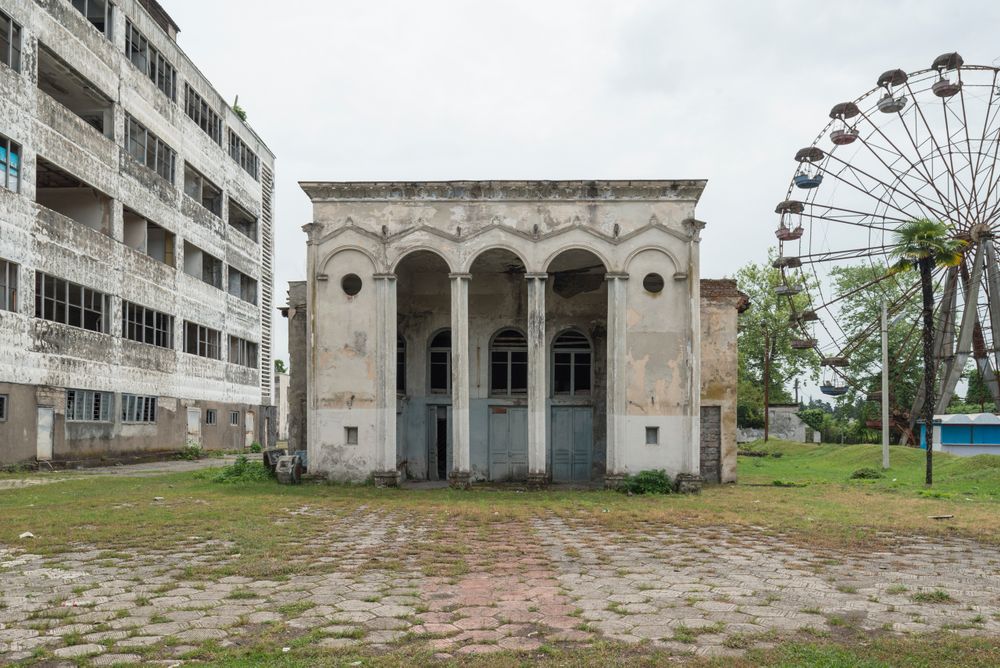
Little culture house close to an old Soviet ferris wheel and other Soviet facilities.
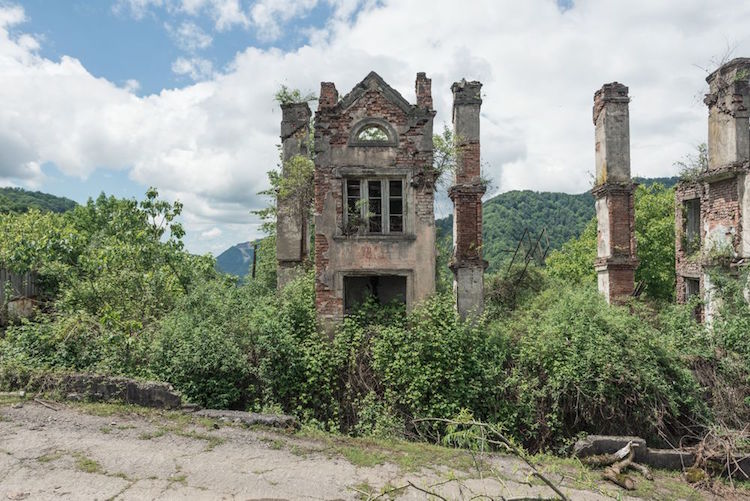
View of ghost town in the Tkvarcheli valley, Abkhazia.
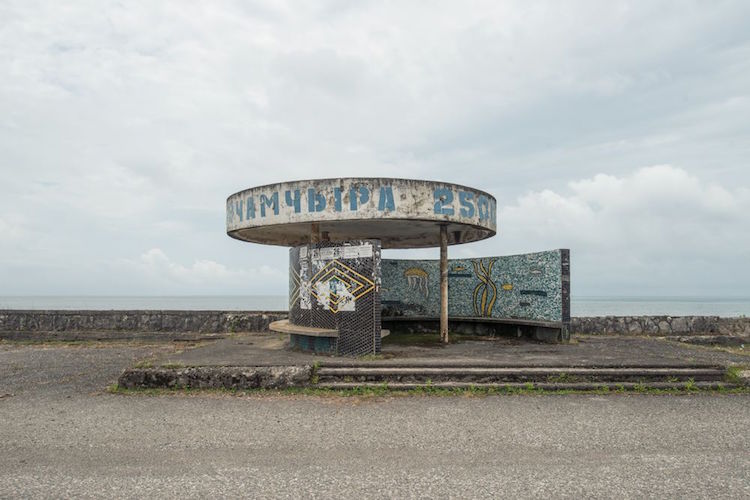
Oshamshira region.
Aurélien Villette: Website | Instagram
h/t: [Lens Culture]
